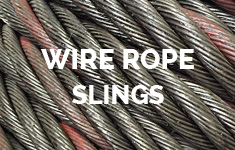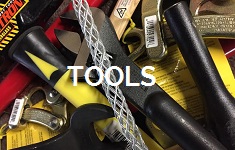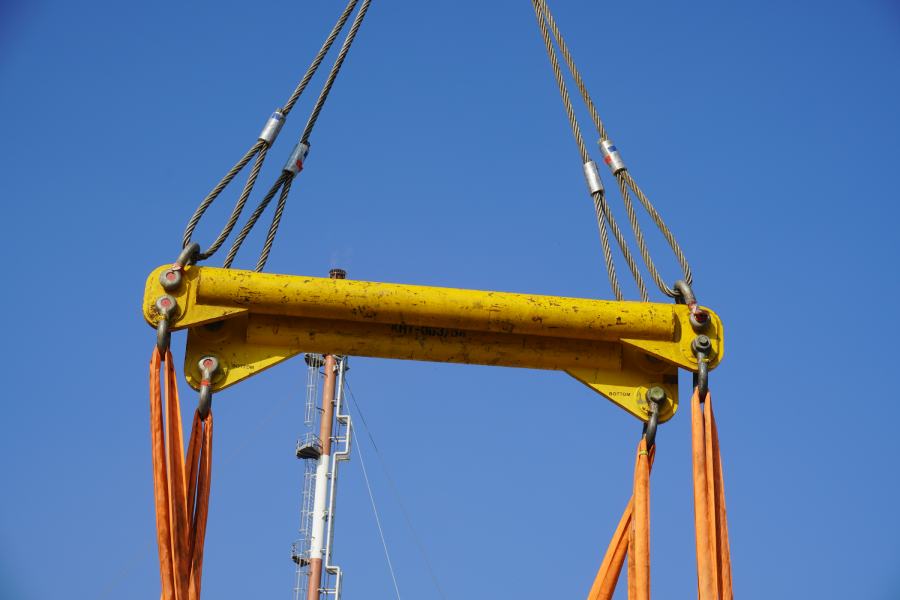To the untrained eye, the difference between a lifting beam vs spreader bar is subtle, but which one you choose can make a world of difference for your task. They are both below-the-hook lifting devices, usually working as part of a crane.
They are both used for better distribution of weight when lifting heavy objects and loads, and they share many other characteristics. Still, they are fundamentally different in design and in the tasks they are able to perform.
In this article, we will help you distinguish between lifting beams and spreader bars. We will also provide some clarity on the terminology regarding these two devices, as it creates confusion in the industry.
Lifting Beam vs Spreader Bar
The fundamental difference between the lifting beam vs spreader bar is in their respective design or how they are meant to redistribute the force.
The physics at work for each is different, and it has to do with the dimensions of the bar and the additional use of slings and chains.
Lifting Beam
The lifting beam is a device with a simpler design, with a single attachment for a hook on top.
The way the lifting beam works is that the weight of the load is transferred to the beam, which distributes it horizontally along its length. The hook is directly attached to the beam, which carries the load.
The weight of the load combined with the length of the beam creates bending stress directed outwards.
Lifting Beam Pros
They are better suited for closed spaces because they don’t require much headroom.
Lifting Beam Cons
Lifting beams are a lot more expensive and with inferior design in regards to making use of the material.
Spreader Bar
A spreader bar is usually shorter, has multiple attachment points for chains and slings, and the hook is attached to them instead of the bar, like in the lifting beam. This means it requires more headroom to accommodate the extra components.
This weight being carried through multiple attachments for chains or slings creates compressive stress on the bar directed inwards and tensile stress affecting the chains.
Spreader Bar Pros
Spreader bars are smaller, easier to install, and more cost-effective. Their design allows them to lift larger or wider objects with greater balance.
Spreader Bar Cons
Spreader bars require more headroom which sets limitations for indoor usage. In comparison, lifting beams don’t use chains or slings so they are immediately shorter for the length of those extensions.
Decide What to Use
Both devices have their respective strengths and weaknesses, and choosing what to use requires careful consideration of all the conditions related to the task. Factors to consider are the type of load, weight lifting capacity, dimensions, environment, and manner of lifting.
Type of Load
Different types of loads require adaptable machinery to handle the lifting. The load can be uneven and require balancing, or it can be long cylindrically shaped like pipes and will require a device that provides more stability to the crane.
Lifting Capacity
If we compare lifting beam vs spreader bar of the same size and material, then the spreader bar will have the bigger lifting capacity because of its superior design for even distribution of load. All of this, provided that the chains or slings used with the spreader bar would be of adequate strength and capacity.
Dimensions
The dimensions and weight of the load are crucial to determining the adequate device. If it’s a heavier and bigger volume load, it’s probably better to handle the task with a spreader bar.
Environment
Environment refers to how much space is required to complete the task. Spreader bars require more headroom and cannot execute well in places with a lower ceiling.
Lifting beams don’t use chains and slings and can fit indoors more easily, which is what makes them the better choice by default.
Spreader Bar Rental
Now that you’ve learned the difference between lifting beam vs spreader bar, it’s time to see the spreader bar rental services that we at Tway Lifting have to offer. Head over to our website and learn about how our company can help you fulfill the heavy-duty tasks ahead of you.
Summary
Both lifting beams and spreader bars are used to great effect. There are differences between them, but fundamentally, they are devices that usually work with cranes and allow the lifting of heavy objects.
Their differences are in how they are designed, that is, how the forces of the weight are redistributed. Lifting beams work by distributing the bending stress along the length of the beam because they have one attachment for the hook.
Spreader bars have four attachments for slings or chains which are held by the hook, allowing the other two forces to work. Compressive stress is directed inwards from both ends of the bar, while tensile stress is absorbed by the chains/slings.
Choosing the right type of device for a certain lifting task depends on the weight, dimensions, and shape of the load as well as the environment where the action is performed.












